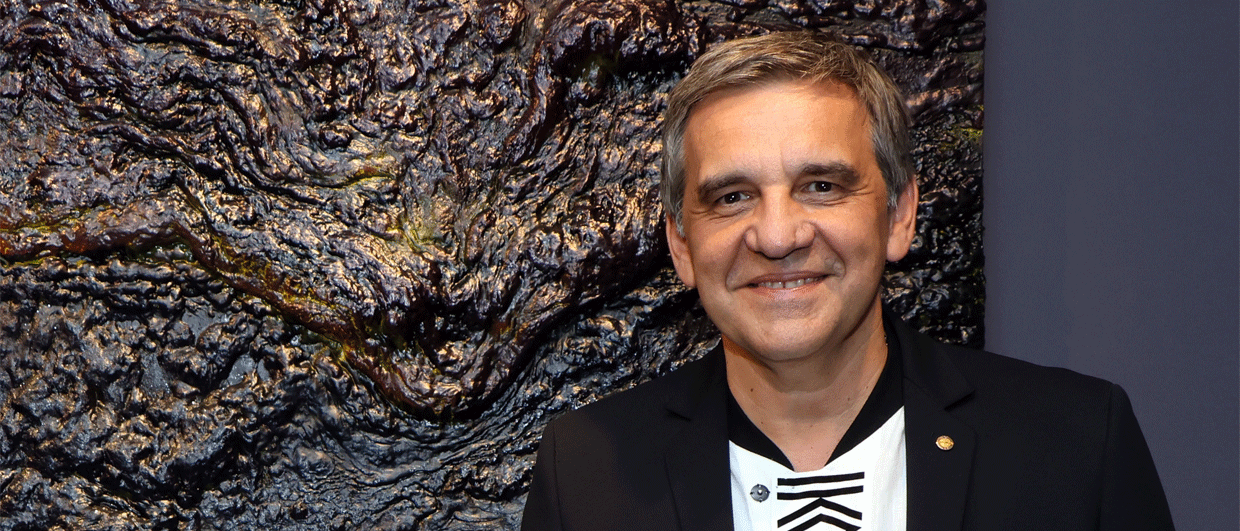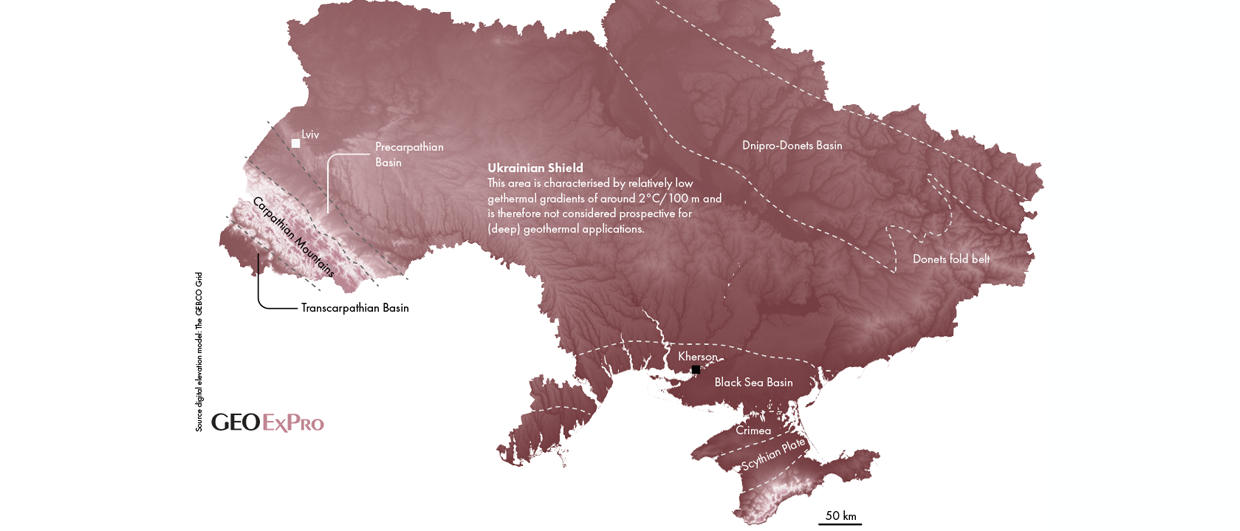In the face of unprecedented challenges posed by Russia’s attack on Ukraine, Ukrgasvydobuvannya (UGV) JSC, a subsidiary of Naftogaz of Ukraine NJSC and Ukraine’s largest national gas producer, has demonstrated excellent resilience and outstanding economic performance. “We have been able to quadruple our gas production from exploration and development wells drilled in 2023 (a record-breaking result since 1998), a year after the full-scale invasion of Russia into our country and for a great part from the same area as where this unfolded.
And if you think that was because we were lucky, let’s share that we matched this in 2024,” Maxim Vityk (Max) says when we meet on Teams during the first week of January.
“The war has brought us together and has given us a larger purpose. A new resilience culture started to shape out. For me, it is when you become a part of something bigger than your personal life, both at the level of personal relationships, the level of the team, community, or a whole nation” explains Max, who is the director of Exploration and Development at UGV. “We now have a much clearer common goal of maximizing our domestic production at times when this is so badly needed.”
…it is when you become a part of something bigger than your personal life, both at the level of personal relationships, the level of the team, community,or a whole nation.
And maximizing production is surely what the company achieved. “We have 42 operational rigs at the moment,” Max explains. “Ukraine is, therefore, the busiest European country when it comes to onshore oil and gas exploration and production.” When you think about it a bit more, it is an odd statistic. The main factor that contributed to the ability to increase production is a change in exploration and development strategy. “Let’s face it, if we would have relied on our mature fields only, it would have been very difficult to ramp up production,” Max says.
Initially, when he had just started his job in 2020, the company had already decided to diversify its exploration strategy in three different ways. High-quality 3D seismic surveys were carried out in the Black Sea, unconventional gas became a serious target, and large onshore 3D seismic surveys were planned. However, due to the Russian occupation, both the Black Sea activities and the unconventional gas drilling had to be reduced, the latter because of the significant costs of deep horizontal drilling in Ukraine and its proximity to the war zone.
The focus remained on the onshore 3D seismic surveys as a way to prove up additional resources and quickly increase production. Both new seismic data and reprocessing of legacy surveys led a rapid identification of new prospects, both as near-field and in new plays. “The majority of our recent drilling targets were DHI-driven,” says Max, “and most of the discovered resources could be put into production straight away.”
Apart from having new data to interpret, another thing that the company undertook was to train and form an entirely new and dedicated team of in-house seismic interpreters and geoscientists to make sense of all the new data. “It has really helped to rank the many opportunities we identified and generate high-quality drilling locations,” Max explains.
…it is remarkable to realise that whilst the city is under attack almost every day, life does go on…
When asked, Max says that the location of the new discoveries could not be shared. This time, it is not only because of the competition but also to prevent potential warfare intelligence from being shared too easily. It is a stark reminder of the unprecedented nature of the situation.
But seismic acquisition, and of course drilling wells, is not without danger in an area so close to the front line. “Land mines, drones and rockets are a serious risk in the areas that are in close approximation to the front line,” says Max, “as well as being exposed to combat. For those reasons, it has been a challenge for our company to convince international players to bid for work in the area. Our domestic service providers are good, but we do recognize the importance of a diverse mix of companies and the need to bring in new technology as well.”
And how is it to live in Kiev just now? “In some ways,” Max says, “it is remarkable to realise that whilst the city is under attack almost every day, life does go on. Repairs are done swiftly, and as a result, almost everything functions as normal.” Max and his colleagues go to their office every day, as if there is nothing of major importance happening so close by. But if there is one lesson that can be learned from this conversation, it is that stressed conditions can also bring a positive turnaround; in this case a major increase in gas production on the back of a professional and coordinated effort.
The record-breaking results of drilling by Naftogaz throughout the war show that, with the right modern technology, methods, and skilled work force, Ukraine still has a lot of potential for increasing its gas production. The company’s accomplishments also represent the sustainability and sovereignty of the country. People in Ukraine are starting to realise that their country has enough natural gas to cover the nation’s needs and replace a large portion of what Europe gets from Russia. This new insight evokes a natural sense of pride and patriotism, and this aspiration becomes real and worthy of implementation.
Maxim Vityk, who is a Ukrainian-born US citizen, joined Naftogaz in 2020 after years of working for Shell and ExxonMobil. Especially during his time with Shell, he worked in Ukraine already from 2005 to 2012, as Shell acquired acreage in the eastern part of the country. He moved to Kyiv again in 2020 to join Naftogaz and has been there since. Max is also a well-known professional artist. He explores the cross-over between geology and art in his work, which mostly consists of heavily textured paintings that resemble geological rock formations. “For me, art is a way to express myself”, Max says, “as well as a medium to find a balance in my life.”


